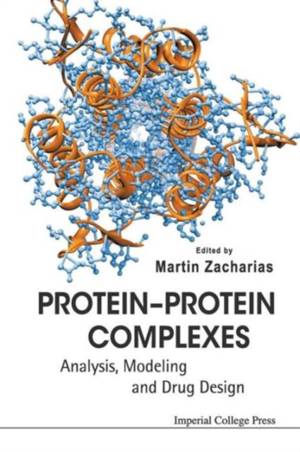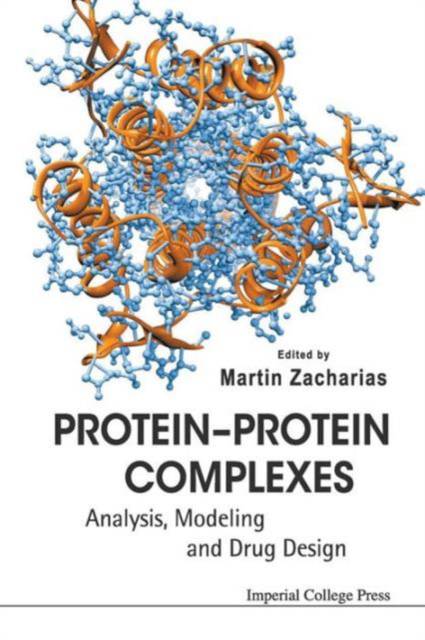
- Afhalen na 1 uur in een winkel met voorraad
- Gratis thuislevering in België vanaf € 30
- Ruim aanbod met 7 miljoen producten
- Afhalen na 1 uur in een winkel met voorraad
- Gratis thuislevering in België vanaf € 30
- Ruim aanbod met 7 miljoen producten
Zoeken
Omschrijving
Given the immense progress achieved in elucidating protein-protein complex structures and in the field of protein interaction modeling, there is great demand for a book that gives interested researchers/students a comprehensive overview of the field. This book does just that. It focuses on what can be learned about protein-protein interactions from the analysis of protein-protein complex structures and interfaces. What are the driving forces for protein-protein association? How can we extract the mechanism of specific recognition from studying protein-protein interfaces? How can this knowledge be used to predict and design protein-protein interactions (interaction regions and complex structures)? What methods are currently employed to design protein-protein interactions, and how can we influence protein-protein interactions by mutagenesis and small-molecule drugs or peptide mimetics?The book consists of about 15 review chapters, written by experts, on the characterization of protein-protein interfaces, structure determination of protein complexes (by NMR and X-ray), theory of protein-protein binding, dynamics of protein interfaces, bioinformatics methods to predict interaction regions, and prediction of protein-protein complex structures (docking and homology modeling of complexes, etc.) and design of protein-protein interactions. It serves as a bridge between studying/analyzing protein-protein complex structures (interfaces), predicting interactions, and influencing/designing interactions.
Specificaties
Betrokkenen
- Auteur(s):
- Uitgeverij:
Inhoud
- Aantal bladzijden:
- 400
- Taal:
- Engels
Eigenschappen
- Productcode (EAN):
- 9781848163393
- Verschijningsdatum:
- 30/06/2010
- Uitvoering:
- Paperback
- Formaat:
- Trade paperback (VS)
- Afmetingen:
- 152 mm x 226 mm
- Gewicht:
- 612 g

Alleen bij Standaard Boekhandel
+ 253 punten op je klantenkaart van Standaard Boekhandel
Beoordelingen
We publiceren alleen reviews die voldoen aan de voorwaarden voor reviews. Bekijk onze voorwaarden voor reviews.











